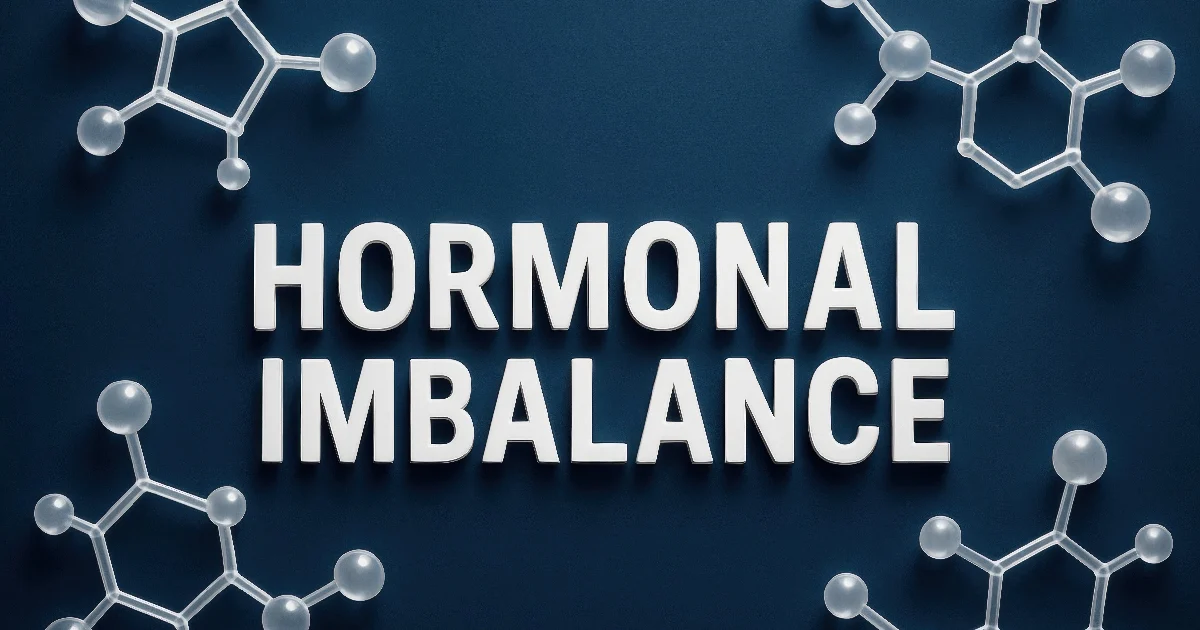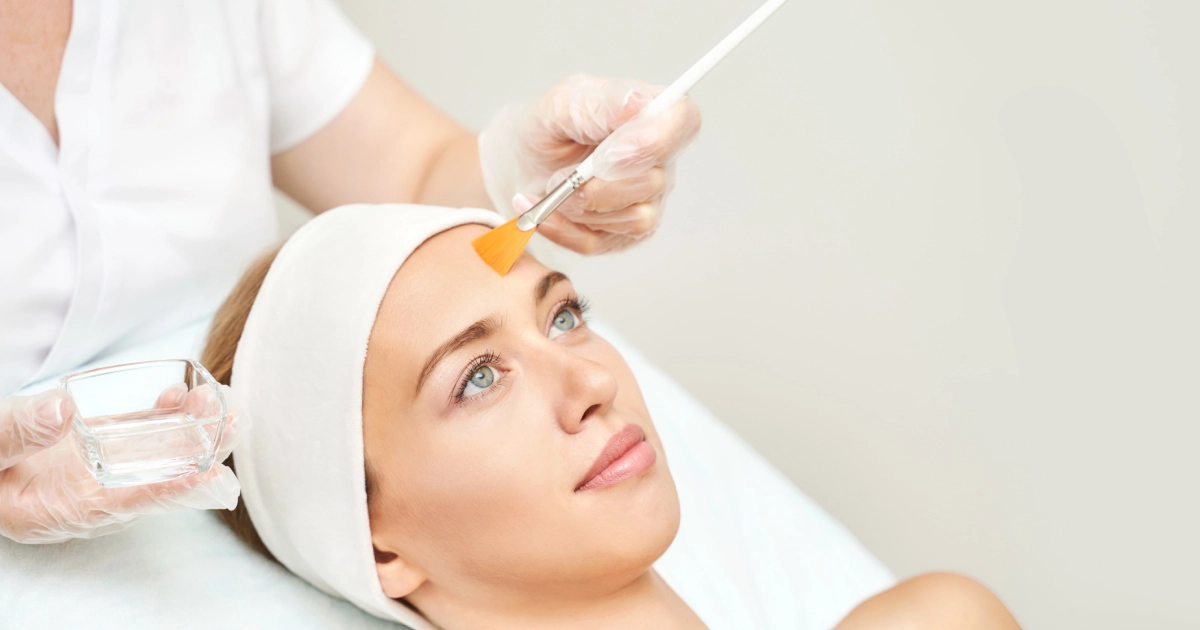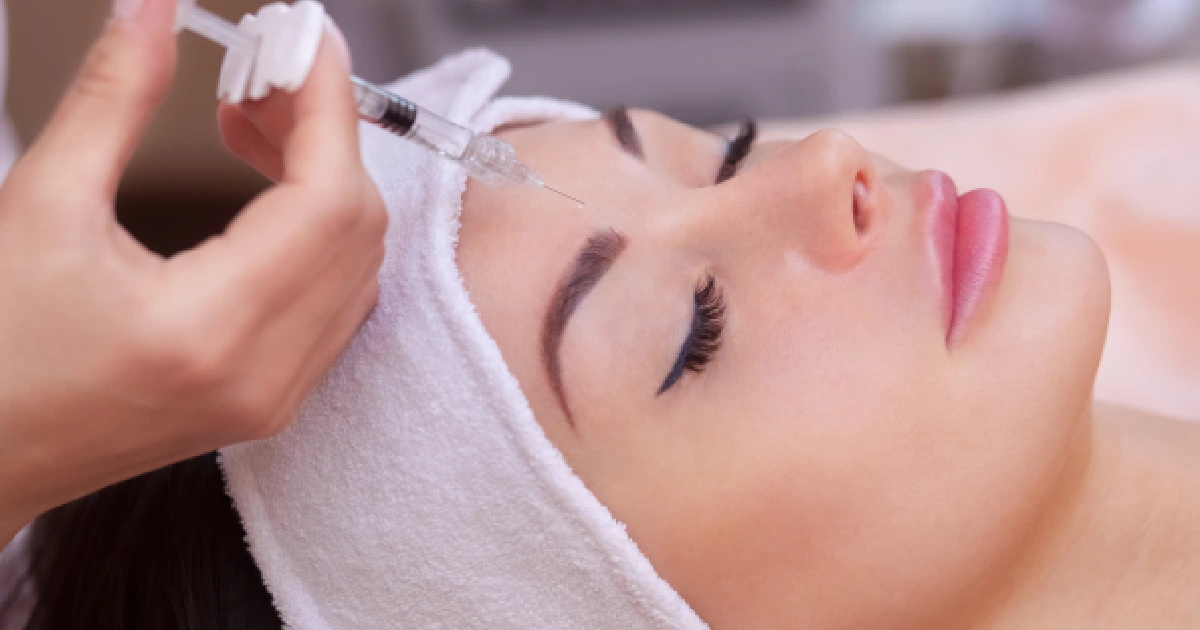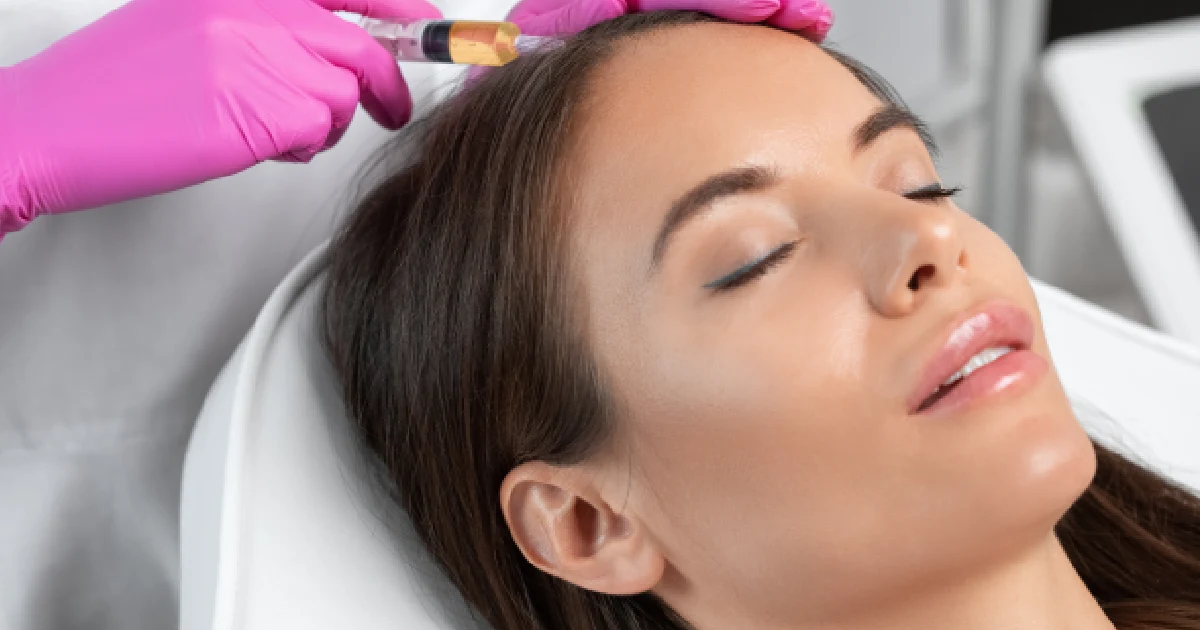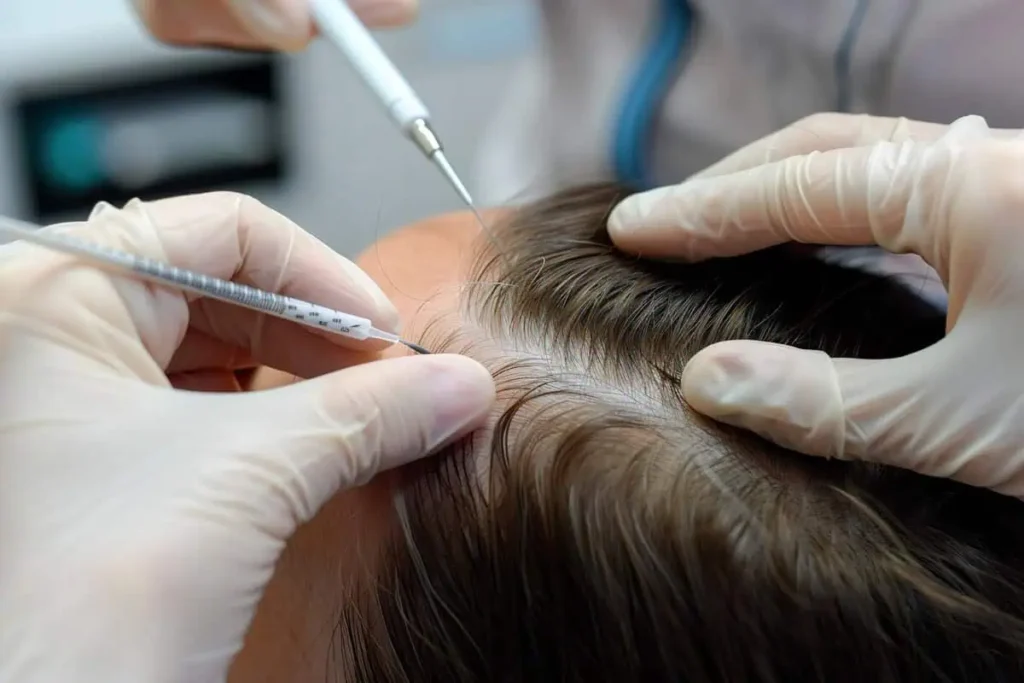
Table of Contents
Platelet-rich plasma (PRP) is gaining traction aesthetic and medical fields due to its regenerative properties. Originally introduced in sports medicine for healing injuries, PRP has become a versatile treatment used in dermatology, orthopedics, and even hair restoration.
But what exactly is PRP, and how does it work? In this blog post, we’ll delve into the uses and procedures of PRP treatment, explain its benefits, and discuss why it’s becoming a preferred solution for various conditions.
What is Platelet-Rich Plasma (PRP)?
Platelet-rich plasma, often called PRP, is a concentration of platelets derived from your blood. Platelets are essential components of blood that promote healing by nurturing growth factors that stimulate tissue regeneration.
PRP is created by drawing a small sample of blood, spinning it in a centrifuge to distribute the platelets, and then injecting the concentrated solution into targeted areas of the body.
How PRP Works
Extracting and injecting PRP is relatively straightforward, but the science behind its effectiveness is impressive. PRP accelerates the body’s natural healing process by delivering a higher concentration of growth factors to the treated area.
These growth factors stimulates the formation of new blood vessels, collagen, and tissue. This is particularly beneficial in areas where the skin or tissue has thinned, is injured, or is showing signs of aging.
Uses of PRP in Aesthetics and Medicine
PRP treatment has a variety of uses in both the aesthetic and medical fields. It is renowned for enhancing tissue healing, improving skin quality, and promoting hair growth. Below are some of the most common applications of PRP:
PRP for Facial Rejuvenation
PRP is often used as a natural solution for skin rejuvenation. Injecting PRP into the face stimulates collagen production, resulting in improved skin texture and firmness and reduced fine lines and wrinkles.
This treatment can enhance areas like the cheeks, under the eyes, and around the mouth, giving a youthful appearance without synthetic fillers or invasive surgery.
PRP for Hair Restoration
PRP has shown excellent results in treating hair loss, particularly in individuals experiencing thinning or balding due to androgenetic alopecia. The treatment revitalizes hair follicles by injecting PRP into the scalp, promoting thicker and healthier hair growth. This non-surgical option appeals to both men and women seeking a natural approach to hair restoration.
PRP for Joint and Muscle Injuries
Originally used in sports medicine, PRP is still commonly employed to treat soft tissue injuries like tendonitis and ligament strains. The growth factors in PRP can speed up recovery, reduce inflammation, and decrease the need for surgical interventions.
The PRP Procedure: What to Expect
PRP treatment is minimally invasive and generally well-tolerated. Here’s a breakdown of the typical steps involved in a PRP session:
1. Blood Draw
The first step in the PRP procedure is drawing a small amount of blood from the patient, similar to a standard blood test. The amount of blood drawn depends on the area being treated and the severity of the condition.
2. Centrifugation
Once the blood is drawn, it is placed in a centrifuge, where it spins at high speeds to separate the platelets from the other components of the blood. This process concentrates the platelets, producing a PRP solution rich in growth factors.
3. Injection
The concentrated PRP is injected right into the targeted area. Depending on the application, local anesthesia may be used to minimize discomfort.
For facial rejuvenation, PRP is injected into specific areas of the face. It’s injected into the scalp for hair restoration, and for joint injuries, it’s administered directly into the affected joint or muscle.
Recovery and Results After PRP Treatment
PRP treatment typically requires little to no downtime. Most patients can return to usual activities immediately, although some may experience mild swelling, redness at the injection sites. These side effects usually resolve within a few days.
Results from PRP treatments are not immediate. The body needs time to produce new collagen or repair tissue. In aesthetic applications like facial rejuvenation, noticeable improvements can take several weeks to a few months to appear.
Similarly, for hair restoration, new hair growth typically becomes visible after a few months, with optimal results seen around six months post-treatment.
Benefits of PRP Treatment
The increasing popularity of PRP is due to its numerous benefits, particularly compared to other treatments. Here are some of the advantages:
- Natural Treatment: PRP is derived from the patient’s blood, making it a natural and biocompatible treatment.
- Minimally Invasive: The procedure involves simple injections without surgery or extended recovery times.
- Versatile Applications: PRP can treat various conditions, from facial rejuvenation to hair loss and sports injuries.
- Long-Lasting Results: While PRP requires time to work, the results are often long-lasting, particularly in treating wrinkles, skin texture, and hair restoration.
- Minimal Risk of Allergies or Reactions: Because PRP is made from your blood, the risk of allergic reactions or complications is minimal.
Are You a Good Candidate for PRP?
PRP is suitable for most individuals but may not be the best option for everyone. Ideal candidates for PRP treatments include:
- Individuals experiencing mild to moderate hair loss or thinning.
- Those looking to improve skin texture, tone, and elasticity.
- Athletes or individuals recovering from joint or muscle injuries.
- Patients who prefer a natural, non-surgical approach to rejuvenation.
However, PRP may not be recommended for those with certain medical conditions, such as blood disorders or active infections. A consultation with a qualified medical professional can help determine if PRP is right for you.
PRP and Sculptra for Comprehensive Rejuvenation
Platelet-rich plasma offers a powerful, natural solution for those looking to enhance their appearance or speed up recovery from injury. Its versatility and the use of the body’s healing mechanisms make PRP a unique and effective treatment option. Whether you’re seeking to rejuvenate your skin, restore thinning hair, or recover from a sports injury, PRP may provide the solution you’re looking for.
If you’re considering more than just PRP for facial rejuvenation, Collagen Stimulator–Sculptra is another excellent option. Sculptra works differently from traditional fillers by stimulating your body’s natural collagen production, offering long-lasting, natural-looking volume. Sculptra can be combined with other treatments like PRP to achieve comprehensive, long-term facial rejuvenation.
Book Your Session Today
For those interested in taking the next step towards revitalizing their appearance, schedule your consultation for PRP in Houston, TX, at Ori Aesthetics. Experience the benefits of Sculptra and PRP, and start your journey toward youthful, healthy skin. We also have a self-assesment test for your reference.



